What Is an LEA? Local Educational Agencies Explained
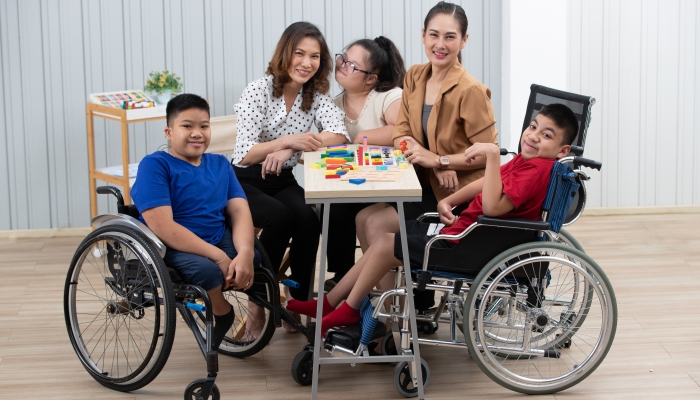
- LEA is a local educational agency as defined by IDEA, the key federal law that guarantees the educational rights of children with disabilities.
- An LEA is the agency, body, or public authority legally constituted to govern the public elementary and secondary schools in an area of residence within a state, such as a school district or board of education.
- An LEA representative is a mandated member of a child’s IEP team, which develops their individualized education program.
- LEAs are charged with allocating resources to effectively implement special education services for students under their supervision.
Among the many special education acronyms that parents of students with disabilities will hear are three letters – LEA. LEA stands for local educational agency and refers to the public school authority in a given area of a state, such as a school district or a board of education. It also includes charter schools and other education service agencies.
LEAs have a big job. They are the organizations and agencies responsible for ensuring that special education services are provided to children with disabilities in compliance with federal and state law.
They are obligated to ensure that students with disabilities who are eligible for special education services receive a free and appropriate education alongside their non-disabled peers in an environment that is inclusive and accessible. LEAs are the agencies in charge of making sure each student’s individualized education program is implemented.
LEA Under IDEA
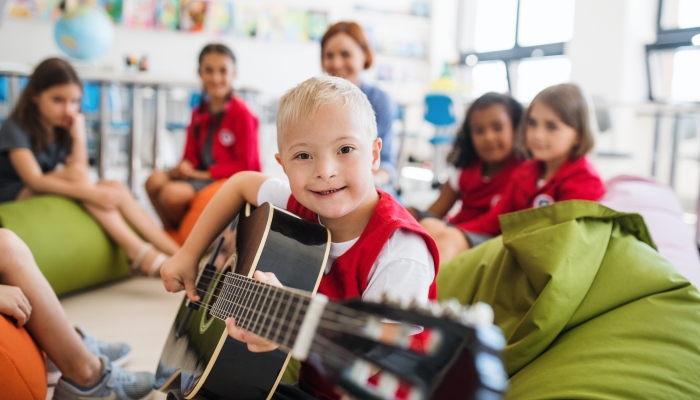
Special education for children with disabilities is governed by the Individuals with Disabilities Education Act11. Individuals with Disabilities Education Act (IDEA). U.S. Department of Education. https://sites.ed.gov/idea, known as IDEA. IDEA is the federal law that protects the right of children with disabilities to a free and appropriate public education (FAPE) in the least restrictive environment (LRE).
The terms parents often hear in discussions about special education, like FAPE, LRE, IEP, or IFSP, are all defined in IDEA. Individual states are required to implement IDEA in their schools through local educational agencies.
Because individual states are responsible for implementing IDEA in their schools, the way special education services are provided from state to state will vary. However, the fundamental principles of special education provision in state law are governed by federal law through IDEA.
How does IDEA define an LEA?
A local education agency, LEA, is defined in IDEA22. Sec. 303.23 Local Educational Agency. Individuals with Disabilities Education Act. 2017. https://sites.ed.gov/idea/regs/c/a/303.23#:~:text=Local%20educational%20agency%20or%20LEA,township%2C%20school%20district%2C%20or%20other as a public board of education, educational service agency, administrative agency, intermediate educational unit, or other public authority in a state that has administrative control over the public elementary and secondary schools within a specific area of residence, such as a school district, city, county, or other political subdivision.
IDEA also states that charter schools, special education agencies, and schools funded by the Bureau of Indian Education (BIE) are all LEAs and must conform with IDEA.
A local school district that covers one or several counties in a state, a city board of education, or a public charter school are examples of local educational agencies.
LEAs and Special Education
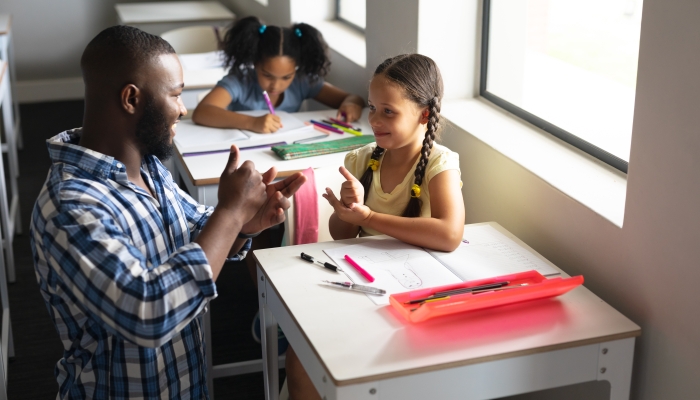
The local educational agency is the body primarily responsible for implementing and supporting special education services that comply with the principles mandated by IDEA for the provision of education to children with disabilities.
It is the role of the local educational agency to put the special education mandates in IDEA into practice for students with disabilities in accordance with state law and regulations set by the state educational agency (referred to as the SEA).
Where the state educational agency deals with statewide issues like curriculum standards, the local educational agency does the practical work of implementing special education services in the public primary and secondary schools in their school districts.
There is a lot of pressure on LEAs, both internally and externally, and their effectiveness depends on communication, collaboration with schools, and sufficient practical and financial resources to provide an appropriate education to students with disabilities.
Compliance with the law
It is the responsibility of LEAs to ensure that the schools they supervise implement the following under IDEA:
| Free and appropriate public education (FAPE) |
|
| Least restrictive environment (LRE) |
|
| Development of individualized education programs (IEP) |
|
Resource allocation for special education services
The LEA is also responsible for allocating resources for staff, programs, interventions, and other special education supports like technological aids for students with disabilities.
The local educational agency is responsible for ensuring that IEPs have the funding, staff, resources, and materials necessary to implement the programming that students with disabilities need to access their education effectively.
Implementation of IEPs and the Role of the LEA Representative
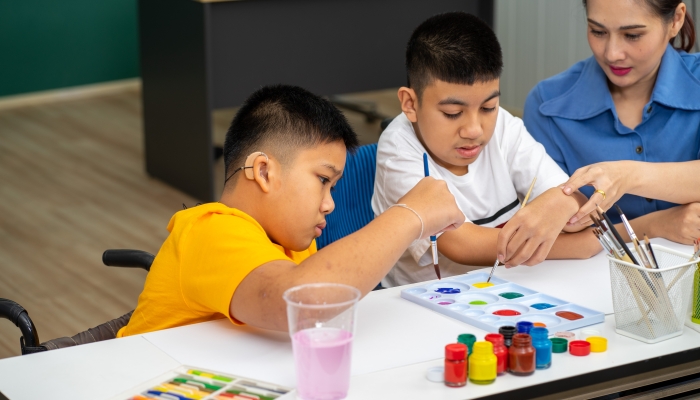
Under IDEA, every child who is evaluated and assessed for an educational need and deemed eligible for special education services must be provided with an individualized education program or IEP.
The LEA is responsible for the process of IEP development and resource allocation to implement IEPs for students with disabilities.
What is an IEP?
The IEP33. Sec. 300.320 Definition of Individualized Education Program. Individuals with Disabilities Education Act. 2017. https://sites.ed.gov/idea/regs/b/d/300.320 is a document that details the supports and services that will be made available to a student with a disability. It specifically addresses the following:
- The student’s educational needs and strengths
- Goals for the student’s progress
- A list of the special education services to be provided and the professionals involved in their provision
- The least restrictive environments in which these services will take place
- Dates and places for the provision of services
- Transition services at age 14 and age 16
- Details of how progress will be measured
Under IDEA, an IEP is developed and written by an IEP team that must include teachers, parents, school staff, therapists, anyone who knows the child well and will be involved in providing services, or anyone that parents ask to include as part of the team.
In addition to these participants, an LEA representative is a mandated member of the IEP team.
What does it mean if there’s an “LEA” on my child’s IEP team?
Often when parents hear the term LEA, it is in reference to the LEA representative on their child’s IEP team.
A school principal, special education teacher, or regular education teacher may be referred to as “the LEA” on the IEP team.
The role of the LEA representative44. Section 1414 (d). Individuals with Disabilities Education Act. 2019. https://sites.ed.gov/idea/statute-chapter-33/subchapter-ii/1414/d is also defined in IDEA, and they are a mandated member of the child’s individualized education program team.
The LEA representative is appointed by the LEA, for example, the school district, and is:
- Qualified to provide or supervise the special education programs designed for children with disabilities
- Knowledgeable about the general education curriculum
- Knowledgeable about the availability of resources of the LEA
The last criterion on the list is particularly important. The LEA representative is the person who knows what resources are available, both financial and practical, to provide for the activities, instruction, teachers, and programs recommended in a child’s individualized education program.
The job of the LEA representative
The LEA representative should have the authority to approve the allocation of special education resources. For example, if speech therapy is part of a child’s IEP, the LEA representative should know whether staff and funding are available to provide that therapy for the child within the LEA.
The LEA should also understand special education law, advocate for the needs of students with disabilities, and ensure that the student’s IEP complies with the law. The LEA should work collaboratively with the IEP team to provide for the student’s needs.
Most often, the LEA representative is the school principal, the head of the special education department, a therapist, or a teacher. However, the LEA representative can be anyone the district appoints and authorizes to allocate resources and represent the interests of the district on the IEP team.
Parents should not feel that they are working against the LEA when requesting services for their child or that they are on an opposing team.
If parents feel that the LEA representative or the LEA is not in compliance with the law in providing for the educational needs of their child, there are procedural safeguards55. Subpart E – subpart E-procedural safeguards. Individuals with Disabilities Education Act. 2017. https://sites.ed.gov/idea/regs/c/e in place under IDEA to help them.
Challenges Faced by LEAs
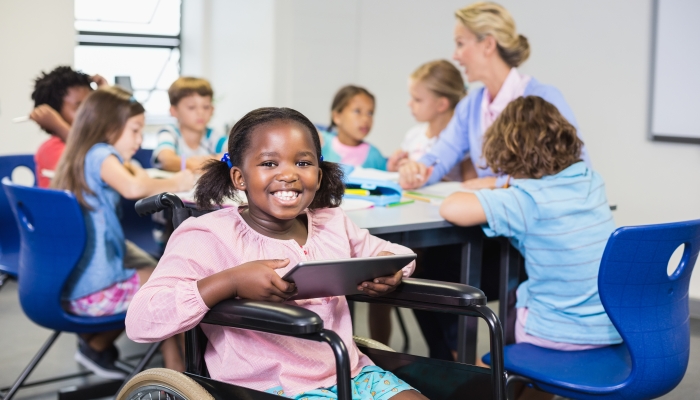
It is important to advocate for the rights of students with disabilities to ensure that they have access to the same educational resources as their peers and that they are receiving special education services that will help them progress from early years to elementary school, to secondary school, and beyond.
LEAs have a huge impact on the quality and effectiveness of the services a student with disabilities receives and on the resources that are available to them.
However, LEAs face many challenges:
| Funding and resource limitations |
|
| Diverse needs within the community |
|
| Balancing federal, state, and local mandates |
|
Because LEAs have to balance the interests and financial resources of their districts with the law and the needs of students with disabilities within their jurisdiction, parents may not always agree with their decisions or be happy with the provision of special education services that their child receives.
It’s important for parents to voice those concerns and to continue to advocate for their children. Clear communication between parents, teachers, school staff, and the LEA representative in IEP meetings is critical.
References
- Individuals with Disabilities Education Act (IDEA). U.S. Department of Education. (n.d.). https://sites.ed.gov/idea
- Sec. 303.23 Local Educational Agency. Individuals with Disabilities Education Act. (2017, May 2). https://sites.ed.gov/idea/regs/c/a/303.23#:~:text=Local%20educational%20agency%20or%20LEA,township%2C%20school%20district%2C%20or%20other
- Sec. 300.320 Definition of Individualized Education Program. Individuals with Disabilities Education Act. (2017, July 12). https://sites.ed.gov/idea/regs/b/d/300.320
- Section 1414 (d). Individuals with Disabilities Education Act. (2019, November 7). https://sites.ed.gov/idea/statute-chapter-33/subchapter-ii/1414/d
- Subpart E – subpart E-procedural safeguards. Individuals with Disabilities Education Act. (2017, May 2). https://sites.ed.gov/idea/regs/c/e
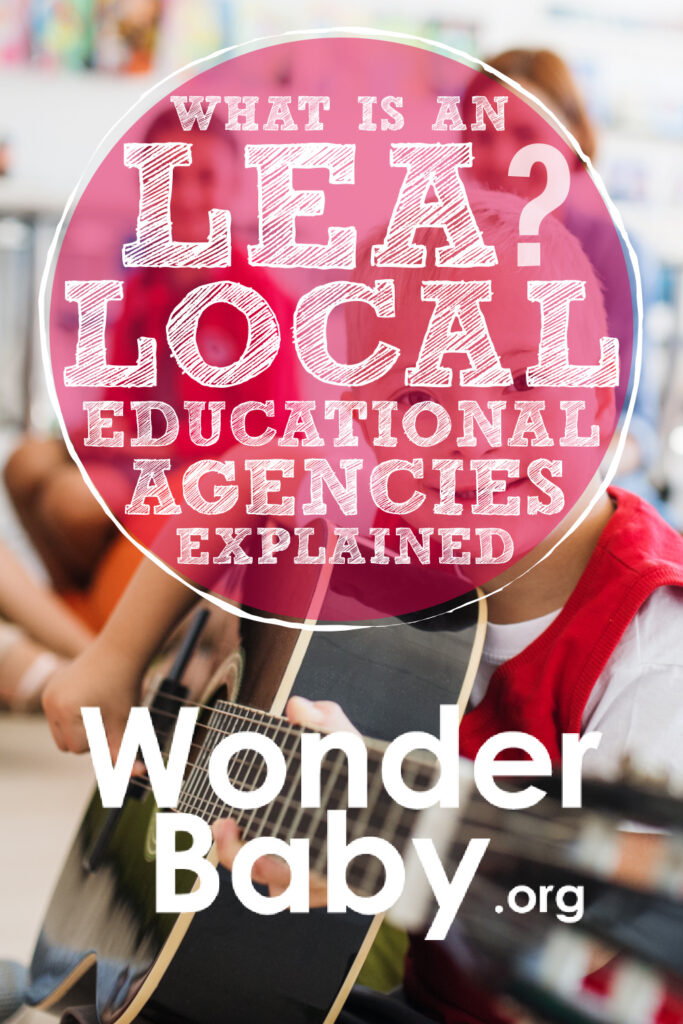
Related Posts
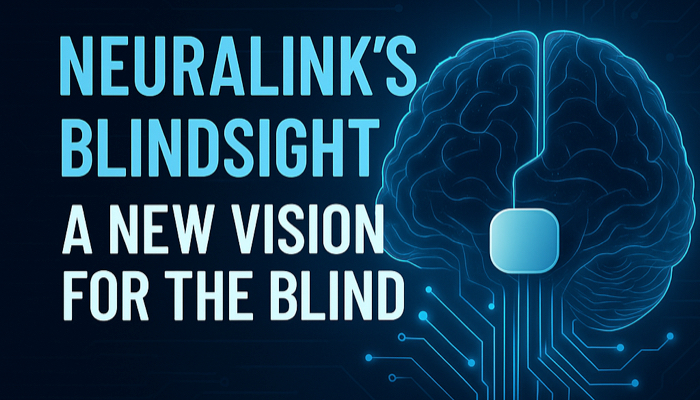
Eye Conditions and Syndromes, Visual Impairment
Neuralink Announces Plans to Restore Sight to the Blind with Brain Chip
Elon Musk’s company Neuralink has announced plans to begin human trials of its new “Blindsight” brain chip by the end of 2025.

IEPs
What Should I Bring to My Child’s First IEP Meeting?
Prepare for your child's first IEP meeting with confidence! Discover exactly what documents to bring, including educational records, medical info, and questions to ask.

Special Needs
5 Spring Cleaning Tips for Families of Children with Disabilities
Spring cleaning is an opportunity to create a more accessible, organized, and supportive space for your child with disabilities. Declutter, deep clean, and refresh!